Cooking pig’s trotters, also commonly known as pork feet or pig’s knuckles, can be a delightful culinary experience, especially when prepared correctly. These meaty appendages are rich in collagen and offer a unique texture and flavor that many people find irresistible, especially when braised, stewed, or boiled until tender. However, achieving the perfect doneness in pig’s trotters can be a bit tricky, as overcooking can lead to a mushy texture, while undercooking can pose food safety risks and result in a chewy, unappealing dish. In this comprehensive guide, we will explore various methods and techniques to determine if pig’s trotters are fully cooked, ensuring that your final dish is both safe to eat and delightfully tender.
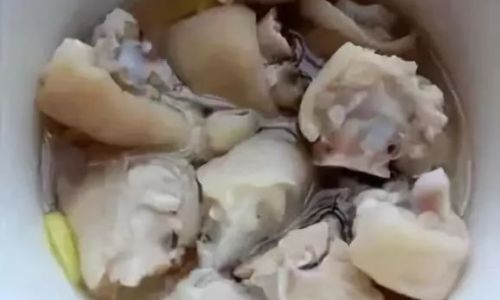
Understanding Pig’s Trotters
Before diving into the specifics of how to cook and check for doneness, it’s essential to understand the basic composition of pig’s trotters. Pig’s trotters consist primarily of bone, skin, and a small amount of muscle and connective tissue. The skin and connective tissue are particularly rich in collagen, a protein that breaks down into gelatin during cooking, giving the dish its signature silky, mouth-coating texture.
Importance of Proper Cooking
Proper cooking of pig’s trotters is crucial for several reasons:
-
Food Safety: Pig’s trotters, like any other pork product, must be cooked to a safe internal temperature to kill any harmful bacteria, such as Trichinella spiralis, which can cause trichinosis.
-
Texture: Overcooking can turn the collagen into an overly soft, mushy mess, while undercooking will leave the trotters tough and chewy. The goal is to achieve a balance where the trotters are tender but still retain some structure.
-
Flavor: Cooking pig’s trotters correctly allows the natural flavors and aromas to develop, enhancing the overall eating experience.
Methods of Cooking Pig’s Trotters
Pig’s trotters can be cooked using various methods, including boiling, braising, stewing, and pressure cooking. Each method has its own set of variables, such as cooking time and temperature, which affect the final outcome.
-
Boiling: Boiling is a straightforward method that involves simmering the trotters in water or a flavorful broth until tender. This method is often used for dishes like boiled pig’s trotters with soy sauce or vinegar.
-
Braising: Braising involves cooking the trotters slowly in a small amount of liquid, typically in a covered pot, at a low temperature. This method allows the trotters to cook gently, breaking down the collagen and tenderizing the meat.
-
Stewing: Stewing is similar to braising but usually involves more liquid and a longer cooking time. It’s perfect for dishes where the trotters are combined with other ingredients to create a hearty stew.
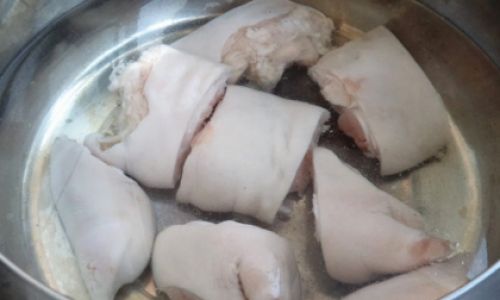
-
Pressure Cooking: Pressure cooking uses a pressure cooker to cook the trotters at a higher temperature and pressure, significantly reducing the cooking time while still achieving tender results.
Indicators of Doneness
Determining if pig’s trotters are fully cooked involves a combination of visual, tactile, and temperature checks. Here are some key indicators to look for:
-
Visual Inspection:
- Color: Cooked pig’s trotters should have a uniform, pale pink to light brown color. Raw or undercooked pork has a darker, redder hue.
- Shrinkage: As the trotters cook, they will shrink and the skin will tighten around the bone. This is a natural process as the collagen breaks down and moisture is released.
- Cracks and Wrinkles: Fully cooked trotters will often have cracks and wrinkles in the skin, indicating that the collagen has broken down and the skin has become more flexible.
-
Tactile Check:
- Fork Tenderness: Insert a fork into the thickest part of the trotter. If it slides in easily and the meat feels tender and yielding, the trotters are likely cooked. If the fork meets resistance or the meat feels tough, they may need more time.
- Twist Test: Another method is to grasp the trotter at the bone end and gently twist. Fully cooked trotters will give slightly and feel loose at the joint. Undercooked trotters will be more rigid and resistant to twisting.
-
Temperature Measurement:
- Internal Temperature: Use a food thermometer to check the internal temperature of the trotters. The USDA recommends cooking pork to an internal temperature of 145°F (63°C), followed by a three-minute rest period. However, for pig’s trotters, which are high in collagen and require longer cooking times for tenderness, aiming for an internal temperature closer to 190-200°F (88-93°C) is more appropriate. This higher temperature helps break down the collagen and achieve the desired texture.
- Note: Be cautious when using temperature as the sole indicator, as the thick skin and bone can make it difficult to get an accurate reading. It may be necessary to insert the thermometer into several different areas to ensure an even cook.
-
Texture and Appearance of Broth:
- Clarity of Broth: When boiling or stewing pig’s trotters, the broth will become cloudy due to the release of collagen and other soluble proteins. As the trotters cook, the broth will gradually clear, indicating that the collagen has broken down and the trotters are nearing doneness.
- Gelatin Formation: Once cooked, the broth from pig’s trotters will cool to form a jelly-like consistency due to the gelatin extracted from the collagen. This is a good visual cue that the trotters have been cooked for a sufficient amount of time.
Practical Tips for Achieving Perfect Doneness
-
Start with Cold Water: When boiling pig’s trotters, start with cold water and bring it to a simmer gradually. This helps to draw out impurities and ensures a more even cook.
-
Use Aromatics and Seasonings: Adding aromatics like onions, carrots, celery, garlic, and bay leaves, as well as seasoning with salt and pepper, can enhance the flavor of the trotters and the cooking broth.
-
Skim the Fat: Periodically skim off any foam or fat that rises to the surface during cooking. This will keep the broth cleaner and improve the final texture and flavor of the trotters.
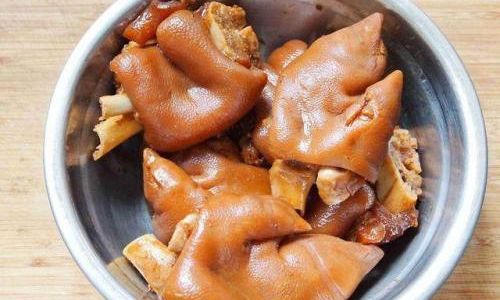
-
Adjust Cooking Time: Cooking time can vary depending on the size and age of the pig’s trotters, as well as the cooking method used. Be prepared to adjust the cooking time accordingly. Smaller trotters or those from younger animals will cook faster than larger, older ones.
-
Resting: Once cooked, allow the trotters to rest for a few minutes before handling. This helps to redistribute the juices and ensures a more tender texture.
-
Storage and Reheating: If you’re not planning to eat the trotters immediately, store them in the refrigerator in their cooking broth. This will help keep them moist and flavorful. When reheating, use a low temperature to avoid drying out the meat.
Conclusion
Achieving the perfect doneness in pig’s trotters requires attention to detail, patience, and a combination of visual, tactile, and temperature checks. By understanding the basic composition of pig’s trotters and the various cooking methods available, you can cook them to a safe and tender state that maximizes their unique flavor and texture. Remember, the key to success is to cook them slowly and gently, allowing the collagen to break down and the flavors to develop. With practice, you’ll be able to produce delicious, tender pig’s trotters that will delight your family and friends.
In summary, here are the main points to remember when cooking pig’s trotters:
- Start with a clean, cold water bath and bring to a simmer.
- Use aromatics and seasonings to enhance flavor.
- Skim the fat and impurities as they rise to the surface.
- Check for doneness using a combination of visual inspection, tactile check, and temperature measurement.
- Allow the trotters to rest after cooking to redistribute juices.
- Store leftovers in the refrigerator and reheat gently to avoid drying out.
By following these guidelines, you’ll be well-equipped to cook pig’s trotters to perfection, ensuring a delicious and satisfying meal every time. Enjoy your culinary adventures with these versatile and flavorful pork appendages!
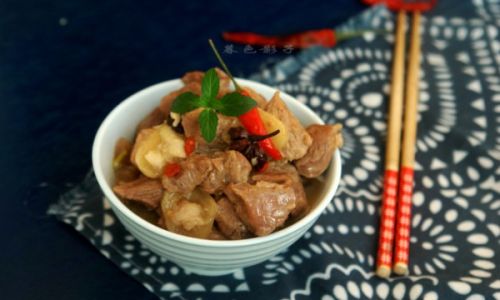
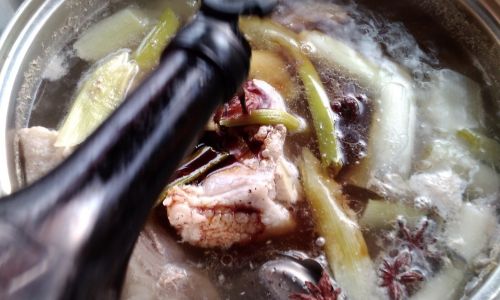
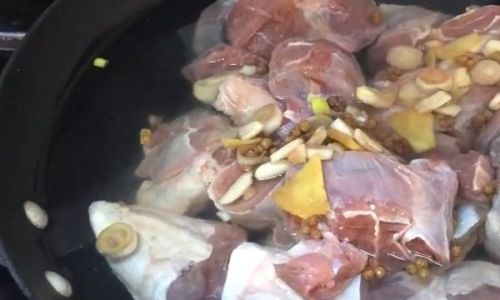
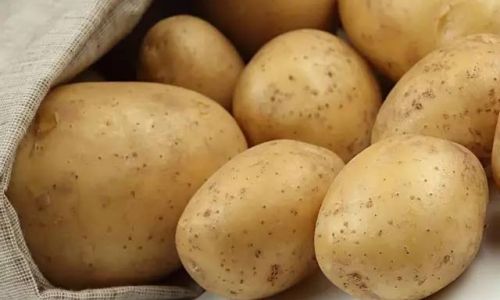
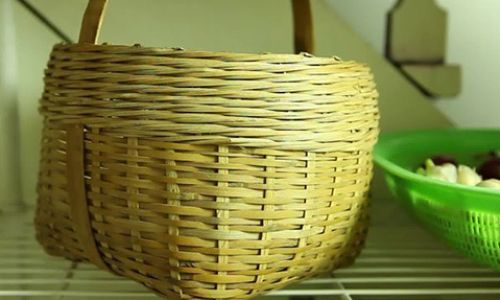
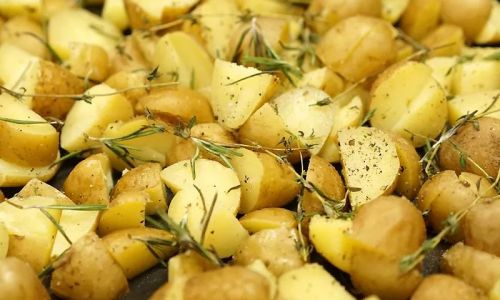
0 comments